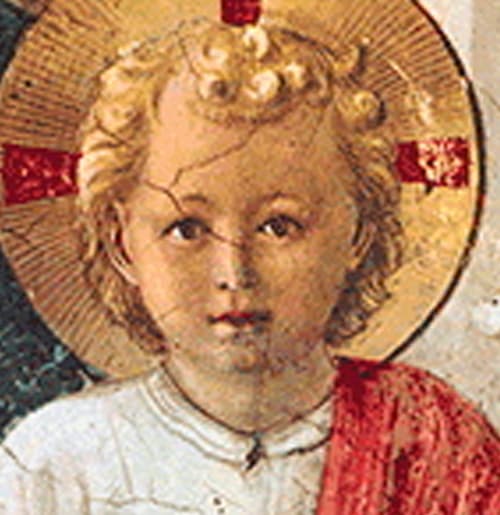Gavin and Knight Knight,
Called by Mind and Spirit: Crossing the Borderlands of Childhood
(Continuum, 2010).
There are people who live in a geographical borderland: a place where cultures and histories meet and produce unique tensions and fruitfulness. In Called by Mind & Spirit, Gavin and Joanna Knight draw upon their experience of living and ministering in the border town of Monmouth in South Wales, and bring forth from it a metaphor for understanding the unique "place" of childhood. For, as they explain in this book, which is a fusion of practical and theoretical, childhood also is a place of meeting, a place of tension which is open to newness. The authors use this borderland metaphor as both a starting and a returning point for attempting to understand in a deeper way the gifts and needs of childhood.
For, the reader is to understand, the needs of children are not being met, nor are their gifts being responded to. If childhood is a kind of place, it is a place in great jeopardy - as ironic as that may seem in first-world countries. This fact was documented in The Good Childhood Inquiry of 2009, sponsored by the Children's Society. This study indicted the extreme individualism which is the hallmark of today's youth, causing a host of problems for children and teens today. The authors do not take issue with the findings of the survey (indeed it said little that was altogether surprising). What they see as sadly neglected, however, is any sense of the spiritual landscape of modern childhood, its needs and gifts, and the challenges posed to it by the surrounding culture. This book is in many ways a response to this neglect; it is an attempt to reflect on how best to provide for the spiritual needs of children.
Contained in the book are brief reflections and anecdotes on a wide array of topics touching on childhood, the family, the church, and society. Any one of them could provide a starting point for discussion and research at greater depth. A strength of the book is the way it draws on both theology and psychology: for example, a theology of the sacraments of initiation and an understanding of the place of the child in the Church is combined with an awareness of the psychological tension (borderland metaphor again) between the child's needs for dependence as well as independence. The interweaving of theological and psychological offers a way to move past the theoretical into real-world answers to the problems that children are facing. Nevertheless, the authors leave the reader with many questions. We are invited to consider how we might make children feel more welcome in the church, for example, as well as how to make parents more welcome to bring them, but no answers are suggested.
If the book offers one significant insight, it is the borderland image which so pervades it. Modern culture has a great difficulty bearing with tension of any kind, and we try to drown it out with a cacophony of noise, entertainment, and distraction. If we really want to understand and so save the childhood of the children we love, the authors believe we must learn to live in that tension. As adults, the borderland between the has-been and the not-yet is still a part of our landscape, in the childhood that we carry with us, and in the children we still are. If we can begin to understand our own identities as grown-up children, we will have come closer to helping our own children along that path, to a place where the struggle bears fruit.
Catherine Sienkiewicz is a wife and homeschooling mother of four. She lives in Virginia.



